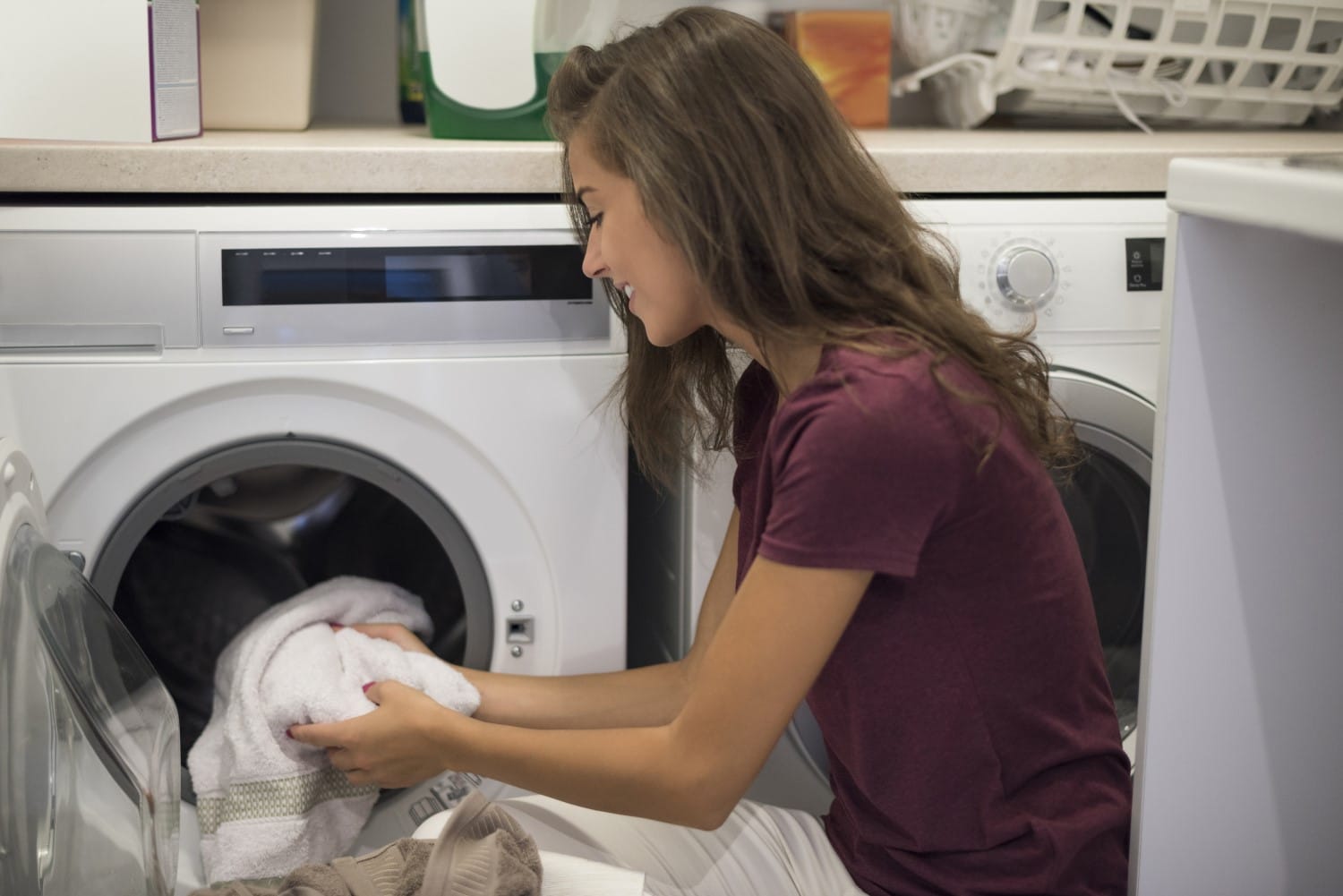Although we would expect our clothes to be dry at the end of a wash cycle we are not surprised if they are dripping wet. What can you do if your washing machine is leaving clothes wet after a wash cycle? We will discuss the most common causes of clothes getting wet, from power problems to part failures.
Are your clothes getting wet in the washing machine?
These 5 Tips Will Help You Solve Your Problem:
A washing machine that leaves clothes wet can cause a laundry disaster and overwork the tumble dryer, which can lead to tumble dryer failures. You can save your tumble dryer’s life and your time by doing some research using these five tips.
1. Washing machine with Extension Cord
If your laundry is getting too wet, you should make sure it is using a standard power cable. You should never use an extended cord to power your washing machine. The majority of extension cords won’t transmit enough electricity to enable the washing machine to function properly.
In this case, the washing machine can spin at a slower speed and clothes will get wet. An extension cord can cause the washing machine to heat up and stop working mid-cycle. If this happens, your washing machine may skip the spin cycle and clothes will stay soaked.
2. Not enough items to load
Overloading your washing machine can result in a reduction of the washing machine’s spin speed. This could leave clothes wet after each spin cycle. Take out any items that have been left soaking in the washing machine’s spin cycle, and then run another rinse. This will balance the load and allow for a faster spin.
You can avoid overfilling your washing machine by filling it only 3/4 full with each load. There may be a difference in the capacities of front-load washing machines and top-load washing machines. To determine your washing machine’s capacity, consult your washing machine’s user manual.
3. The Wrong Cycle Settings
Check the settings of the washing machine before you put your clothes in the tumble dryer if they are too moist. Hand wash or delicate settings may require a slower spin to dry your clothes.
You can also adjust the spin speed on many washing machines to best suit your washing load. You can increase the spin speed to dry clothes if the washing machine has left them wet.
4. Washing machine is not spinning correctly
The spin cycle can be affected if the washing machine leaves clothes too wet. These components might be the reason your washing machine isn’t spinning correctly.
- Lid Switch Assembly: Top load washing machines use a lid switch assembly to stop the washing machine from spinning when the lid is opened. The washing machine will stop spinning if the switch is not working properly. It is necessary to replace the switch if multimeter testing reveals a lack of continuity.
- Door latch: The door latch of the front-load washing machine signals it to start a wash. The washing machine will not spin if the latch is damaged or failing. The latch must be replaced if it is damaged or fails the multimeter test.
- Drive Belt: The belt suspends around the washing machine tub using two pulleys. This supports the drum’s weight as it spins. The washing machine tub will stop spinning if the belt breaks or frays. A damaged drive belt requires replacement.
5. Washing Doesn’t Have to Be Draining
You may have a problem with your washing machine’s drainage. This could also cause your clothes to become wet. These are the drainage problems that can be fixed.
- Drain Hose Kink – Visually inspect your drain hose for any twists or kinks. Straighten any kinks so that water flows freely down the hose.
- Drain Filter Blockage – Front-load washing machines have a drain filter located behind a small access panel. You can open the panel and take out the filter.
- Drain Pump Malfunction – The drain pump is usually located behind a washing machine’s back panel. After unplugging the drain line and taking out the panel, check for blockages in the pump. Test the pump for continuity using a multimeter. If the multimeter reads a reading between 5-10 ohms, it is likely that the pump has failed and must be replaced.
We are available to assist with any washing machine repair.





